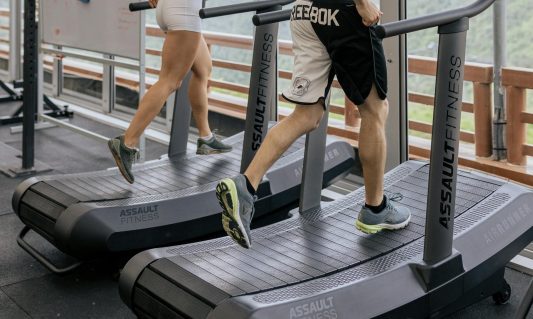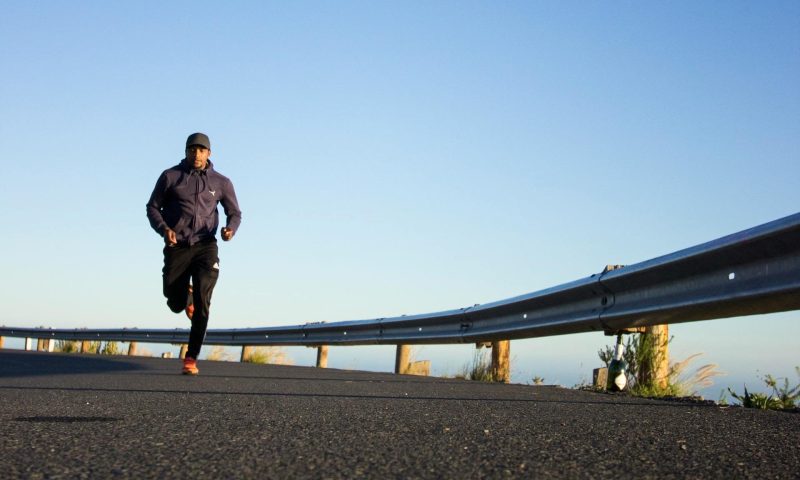Walking is easier than running, but it still comes along with plenty of benefits. Studies show just two minutes of walking around the block helps blood sugar levels rise and fall more gradually and stabilize insulin levels. A brief 10-minute walk could lower blood pressure, and my mood always perks up when I walk my two little fluffy dogs around the block and see their wagging tails and smiling faces.
When it comes to achieving weight loss, researchers found that walking can help promote weight loss, so it’s worth setting off on foot, even if you’re short on time. Recently, researchers wanted to explore whether incline walking or running is better for burning fat. Incline walking is harder than it looks, and you’ll definitely feel your muscles working, especially those larger leg muscles.

When I was undergoing physical therapy for three months, my physical therapist often had me walk on an incline treadmill at the start of my workout. There are plenty of proven benefits of incline walking, including increasing heart rate and strengthening knee joints. Incline walking challenges your musculoskeletal system. What about when it comes to burning fat? Let’s explore the latest research.
The study

In a study published in the International Journal of Exercise Science, researchers aimed to compare the metabolic responses of the 12-3-30 treadmill workout with self-paced treadmill running. The 12-3-30 workout involves walking on the treadmill with a 12% incline at 3mph for 30 minutes. Participants weren’t allowed to hold on to the handrails. Participants also had to go on runs and stop running when they burned the same amount of calories as their 12-3-30 workouts. In one week, participants had to perform one self-paced run and one 12-3-30 workout. A self-paced run is where you choose your own intensity and speed that feels more comfortable for you.
The researchers measured whether participants obtained more energy from carbohydrates or fat during exercise.
The results

Interestingly, the results showed the following:
- Running burned 33% of calories from fat, whereas incline walking burned 40% of calories from fat.
- Despite burning the same calories, it seems incline walking is 7% more effective for fat burning than running.
- Running resulted in a faster calorie burn, seven minutes faster than incline walking, to be precise. However, running relied more on using carbohydrates for fuel rather than fat.
- Fat was the preferred fuel source for lower-intensity incline walking.
Incline walking is a type of zone 2 training that effectively raises your heart rate to around 65-75% of your maximum heart rate.
Concluding thoughts

It’s important to note that this is a small study, but it’s interesting to consider how low-intensity cardio can be more effective for burning fat and using fat as a fuel source. That being said, if you’re limited on time or you just really don’t want to spend 30 minutes on the treadmill, running outdoors might be the best choice. You’re more likely to stick to what you enjoy.



